Kilometer-scale modeling better reflects the relationship between land and precipitation
Wednesday, 07 December 2022 11:49 The technique referred to as "dynamical downscaling", which involves the use of regional climate models to dynamically infer the effects of large-scale climate processes at local scales, has proved to be an effective way to simulate precipitation at high resolution. Moreover, with advancements in supercomputing capabilities, dynamical downscaling is now progressing to the kilometer scale.
The technique referred to as "dynamical downscaling", which involves the use of regional climate models to dynamically infer the effects of large-scale climate processes at local scales, has proved to be an effective way to simulate precipitation at high resolution. Moreover, with advancements in supercomputing capabilities, dynamical downscaling is now progressing to the kilometer scale. ESA plasma sampler headed to the Moon and ISS
Wednesday, 07 December 2022 11:46
An innovative ESA-backed instrument to sample the space weather environment in-situ is set to join the International Space Station. Norway’s multi-Needle Langmuir Probe, m-NLP, due to be fitted to the European-made Bartolomeo platform on the ISS, a ‘front porch’ open to space, will map the ionospheric plasma surrounding the Station in unprecedented high resolution, performing almost 10 000 measurements per second continuously along its orbit.
China is considering expanding its Tiangong space station
Wednesday, 07 December 2022 11:26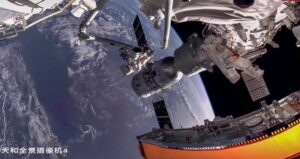
China is already considering adding modules to its recently-completed Tiangong space station complex, according to a senior space official.
Mynaric, Redwire, BigBear.ai partner for DARPA’s laser communications program
Tuesday, 06 December 2022 23:35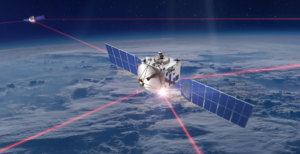
Mynaric selected a cybersecurity tool from Redwire and BigBear.ai for an inter-satellite laser communications terminal being developed for DARPA
The post Mynaric, Redwire, BigBear.ai partner for DARPA’s laser communications program appeared first on SpaceNews.
Space Force procurement chief emphatic about the ‘need for speed’
Tuesday, 06 December 2022 22:32
Frank Calvelli, assistant secretary of the Air Force for space acquisition and integration, told an audience of space entrepreneurs that he is trying to drive a sense of urgency in military procurements.
Mangata Networks gets funds for Scottish satellite manufacturing hub
Tuesday, 06 December 2022 21:58
Mangata Networks, the U.S.-based startup founded by a former OneWeb executive, said Dec. 5 it signed a $100 million financing deal to build a manufacturing facility in Scotland for its multi-orbit broadband constellation.
Defense, Commerce Departments select companies to prototype space traffic management solutions
Tuesday, 06 December 2022 20:01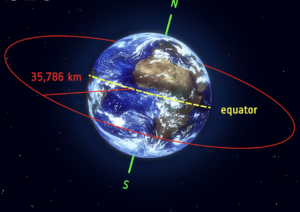
The Office of Space Commerce and the Department of Defense announced Dec. 6 they have selected six commercial firms to prototype space traffic data platforms
The post Defense, Commerce Departments select companies to prototype space traffic management solutions appeared first on SpaceNews.
Maybe we don't see aliens because they're waiting to hear a signal from us first
Tuesday, 06 December 2022 17:20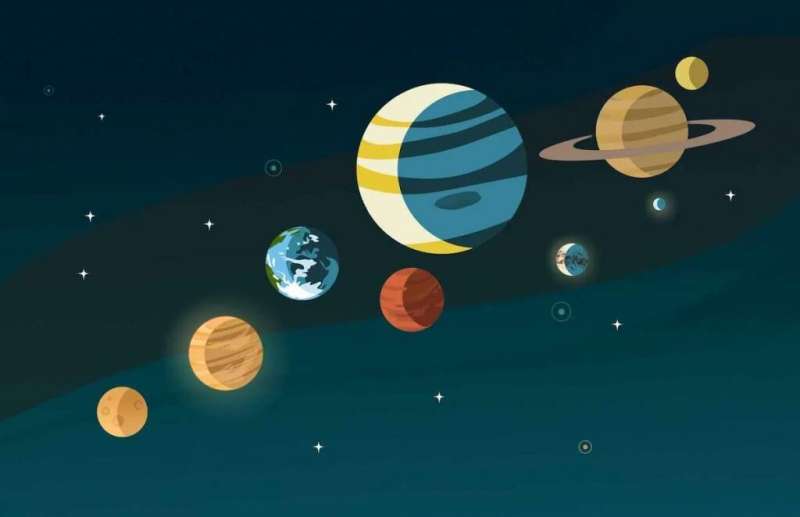
We've had a long-running series here at UT on potential solutions Fermi paradox—why aren't we able to detect any alien life out there in the Universe? But more possible solutions are being developed all the time. Now, another paper adds some additional theory to one of the more popular solutions—that aliens are just too busy to care about us.
The paper, released on arXiv, was written by Amri Wandel of the Racah Institute of Physics at the Hebrew University of Jerusalem. It makes two basic assumptions. First, aliens don't really care about planets with life on them. Second, they would care if they could detect intelligent life on one.
For the first assumption to be valid, it would help if the occurrence of "biotic" (i.e., having biology) planets is widespread. In that case, even advanced civilizations might not have enough resources to devote to fully exploring those planets, especially in the form of an actual probe.
Proposing a new idea for spacecraft propulsion that involves dynamic soaring
Tuesday, 06 December 2022 15:30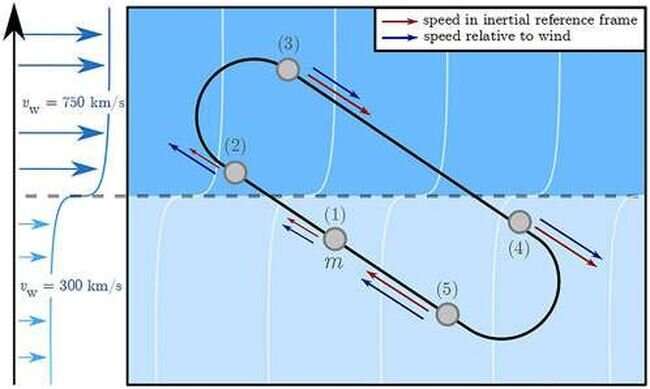
A team of researchers from McGill University and the Tau Zero Foundation is proposing a new idea for faster spacecraft propulsion that involves dynamic soaring. In their paper published in the journal Frontiers in Space Technology, the group outlines the idea of dynamic soaring as it applies to a speedy way to move through space and other possible uses for it.
Over the past several decades, as human-built space vehicles have made their way to many of the planets and moons in our solar system, it has become clear that a means is required for creating spacecraft that can get to distant destinations in space much faster.
Coming soon: MTG The Next Generation
Tuesday, 06 December 2022 13:10 Video:
00:00:48
Video:
00:00:48
One week today, the first of a new generation of weather satellites will take to the skies. The Meteosat Third Generation system is the most complex and innovative meteorological satellite system ever built. It will bring new capabilities to monitor weather, climate and the environment from space like never before – promising to further bolster Europe’s leadership in weather forecasting.
Join us for the live launch coverage of the Metetosat Third Generation Imager on 13 December on ESA Web TV.
Chinese commercial methane-fueled rocket set for first launch
Tuesday, 06 December 2022 12:28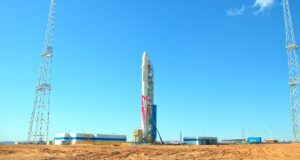
Landspace is preparing for a test launch of its Zhuque-2 rocket in what could be a marker for the progress being made by Chinese commercial launch companies.
Slingshot Aerospace completes $40.8 million funding round
Tuesday, 06 December 2022 11:00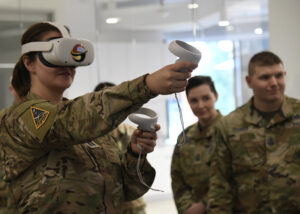
Slingshot Aerospace announced Dec. 6 it has raised $40.8 million in a Series A2 funding round.
The post Slingshot Aerospace completes $40.8 million funding round appeared first on SpaceNews.
Orion swings by the moon on its way back to Earth
Tuesday, 06 December 2022 09:14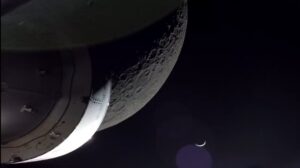
NASA’s Orion spacecraft flew by the moon for a second and final time Dec. 5, performing a maneuver that sets up the spacecraft for a splashdown in the Pacific Ocean in six days.
The post Orion swings by the moon on its way back to Earth appeared first on SpaceNews.
China's Shenzhou-14 astronauts return safely, accomplishing many "firsts"
Tuesday, 06 December 2022 06:05 Three Chinese astronauts on board the Shenzhou-14 manned spaceship returned to Earth safely on Sunday, after accomplishing many "firsts" during their six-month space station mission.
Shenzhou-14's return capsule, carrying astronauts Chen Dong, Liu Yang and Cai Xuzhe, touched down at the Dongfeng landing site in north China's Inner Mongolia Autonomous Region at 8:09 p.m. Beijing Time, accor
Three Chinese astronauts on board the Shenzhou-14 manned spaceship returned to Earth safely on Sunday, after accomplishing many "firsts" during their six-month space station mission.
Shenzhou-14's return capsule, carrying astronauts Chen Dong, Liu Yang and Cai Xuzhe, touched down at the Dongfeng landing site in north China's Inner Mongolia Autonomous Region at 8:09 p.m. Beijing Time, accor NASA's Orion spaceship slingshots around Moon, heads for home
Tuesday, 06 December 2022 01:23 NASA's Orion spaceship made a close pass of the Moon and used a gravity assist to whip itself back towards Earth on Monday, marking the start of the return journey for the Artemis-1 mission.
At its nearest point, the uncrewed capsule flew less than 80 miles (130 kilometers) from the surface, testing maneuvers that will be used during later Artemis missions that return humans to the rocky cel
NASA's Orion spaceship made a close pass of the Moon and used a gravity assist to whip itself back towards Earth on Monday, marking the start of the return journey for the Artemis-1 mission.
At its nearest point, the uncrewed capsule flew less than 80 miles (130 kilometers) from the surface, testing maneuvers that will be used during later Artemis missions that return humans to the rocky cel 
